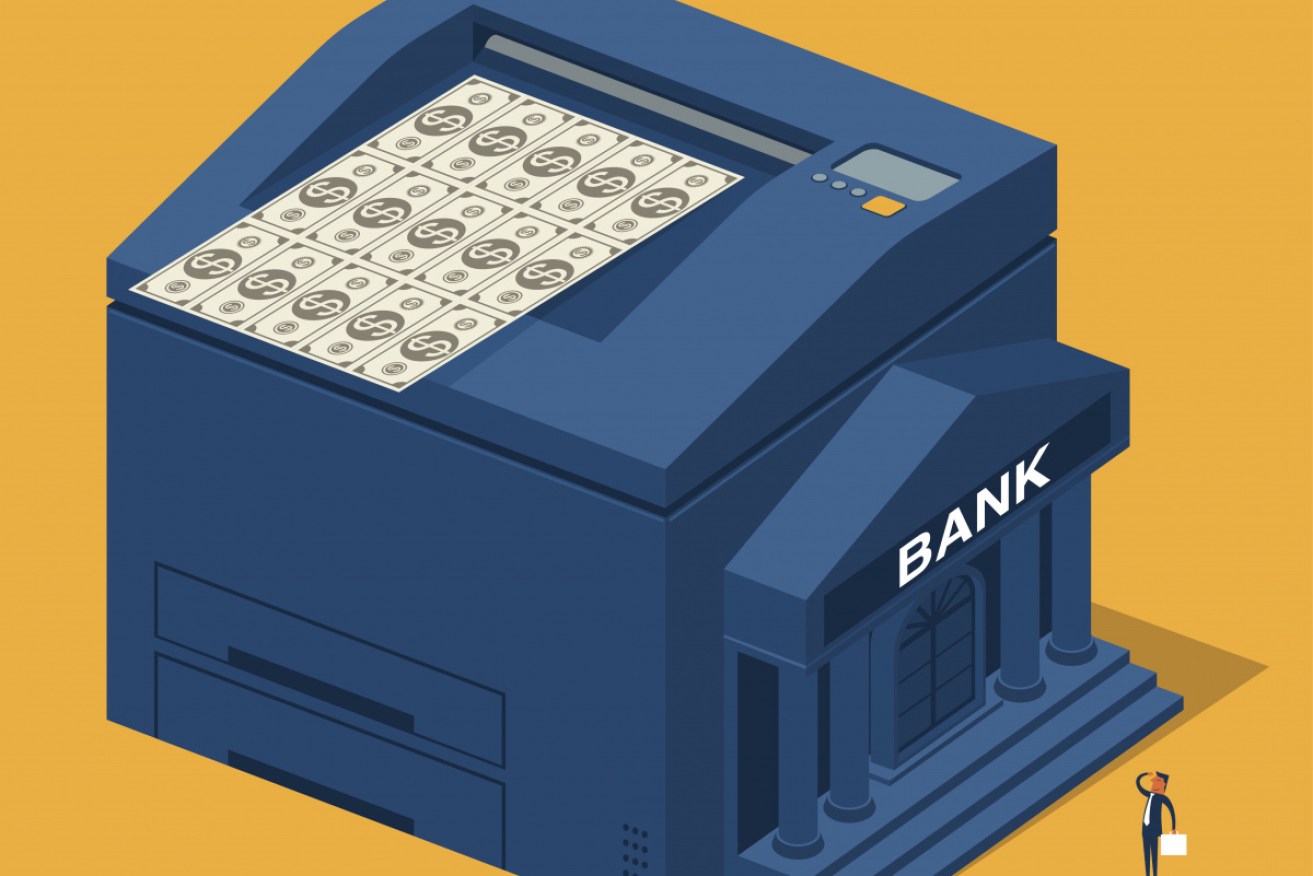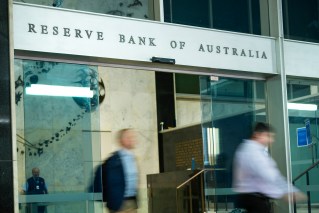What is quantitative easing? And why is the Reserve Bank doing it?


The RBA has fired up its money printing press. Photo: Getty
The Reserve Bank promised on April 7 to hold interest rates at 0.25 per cent until “progress is being made towards full employment”.
As the nation enters what the government has described as an economic “hibernation,” the RBA said it is “committed to doing what it can to support jobs, incomes and businesses”.
Such a commitment involves executing the policies governor Philip Lowe announced on March 19: The creation of a $90 billion funding facility to support lending to SMEs, maintaining a record low cash rate of 0.25 per cent, and the purchasing of government bonds in the secondary market.
It’s this last policy that made plenty of headlines last month – because it meant the RBA was about to do something it had never done before: Quantitative easing.
But what is quantitative easing exactly? And will it help the Australian economy?
What is quantitative easing?
Quantitative easing (QE) is effectively when central banks print money to buy corporate or government bonds.They do this for a few reasons.
Firstly, by buying government or corporate bonds, central banks drive up the price for these bonds and consequently lower the yield, or long-term interest rate, paid on them.
Because there’s no reason to hold onto money when it earns such little interest, this encourages banks to lend more money to individuals and businesses which, in turn, encourages businesses to invest and consumers to spend.
“One of the other purposes of quantitative easing is to signal to markets that the Reserve Bank is serious about keeping the cash rate at very low levels for a very long time,” independent economist Saul Eslake said.
“Another purpose is to encourage investors to take on riskier assets – partly by buying up government bonds so that there aren’t as many available for the private sector, and partly by pushing down interest rates.”
Who else has done it? And did it help?
The US Federal Reserve, Bank of England and European Central Bank used quantitative easing to support their economies after the global financial crisis.
And the Fed and Bank of Japan employed the process much earlier.
Most economists believe QE stopped the financial crisis from developing into the second Great Depression by boosting the supply of credit in the real economy.
But it had plenty of unintended consequences, too.

Ben Bernanke (right) was the chairman of the US Federal Reserve during the GFC.
What are the downsides?
One of the major criticisms of QE is that it worsens inequality by driving up the values of property and shares, which are disproportionately owned by richer people.
By encouraging individuals and firms to borrow more money, the policy also injects lots of debt into the system – which compounds the higher level of risk caused by people moving away from government bonds and into assets such as shares and property.
Finally, lower interest rates distort the capitalist system by keeping so-called “zombie firms” in business. These are firms with unsustainable business models that would have gone to the wall had it not been for low interest rates.
By keeping these firms in business, low interest rates prevent capital from flowing to more worthy companies and, consequently, limit the number of new entrants into the market.
Economists argue that this slows the rate of technological disruption and weighs on productivity.

The coronavirus outbreak sent global sharemarkets into a tailspin.
Will it help the Australian economy?
The way Mr Eslake sees it, QE is likely to have less of an impact on the Australian economy than it had on the US and UK economies for two key reasons.
Firstly, “there isn’t much borrowing done by anyone other than governments in Australia at long-term fixed rates”.
Unlike those in the US and Canada, Australian mortgage rates track the official cash rate rather than long-term rates, and the country’s corporate bond market is comparatively small, as firms typically borrow at floating rates or through overseas money markets.
This means the RBA’s purchase of government bonds will put comparatively less downward pressure on firms’ borrowing costs than other central banks’ – thereby reducing the effectiveness of QE in Australia.
Added to this is the fact the Australian government has relatively low levels of debt.
This means there are fewer government bonds for the RBA to purchase, which also minimises QE’s impact.
“That’s not to say they shouldn’t do it, because there’s not much else they can do,” Mr Eslake said.
Tweet from @RBAInfo








